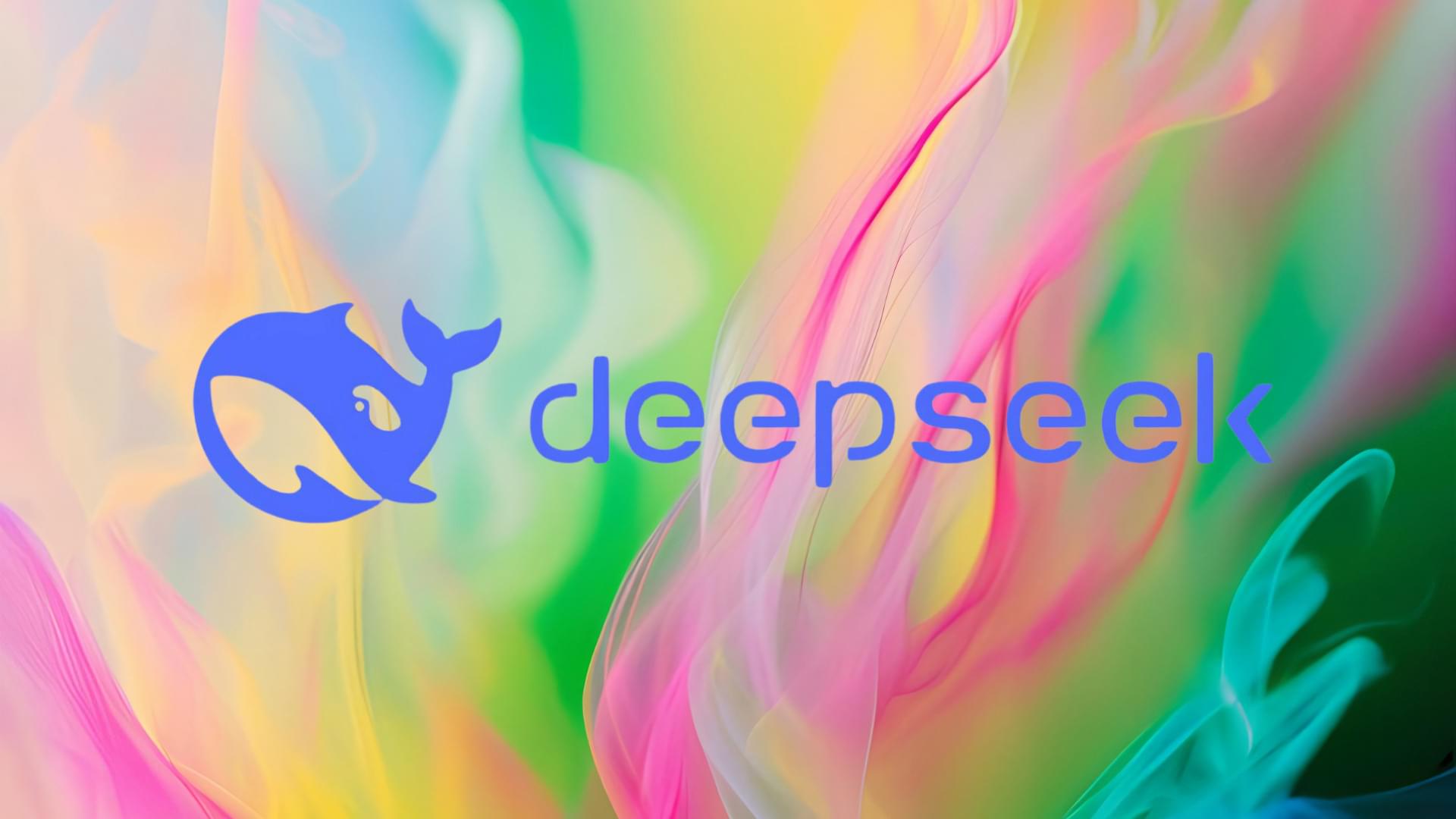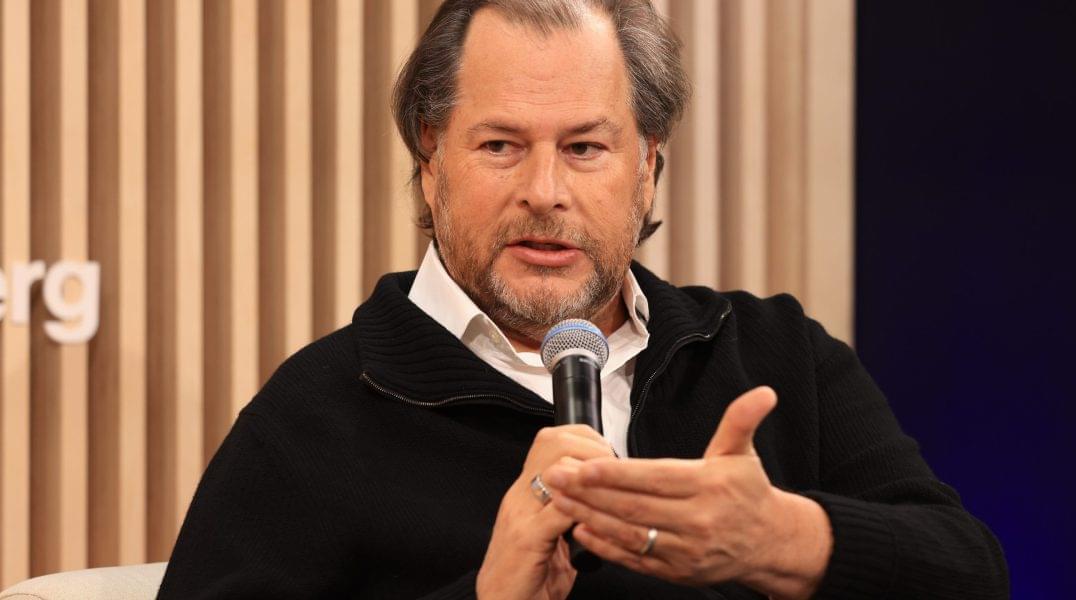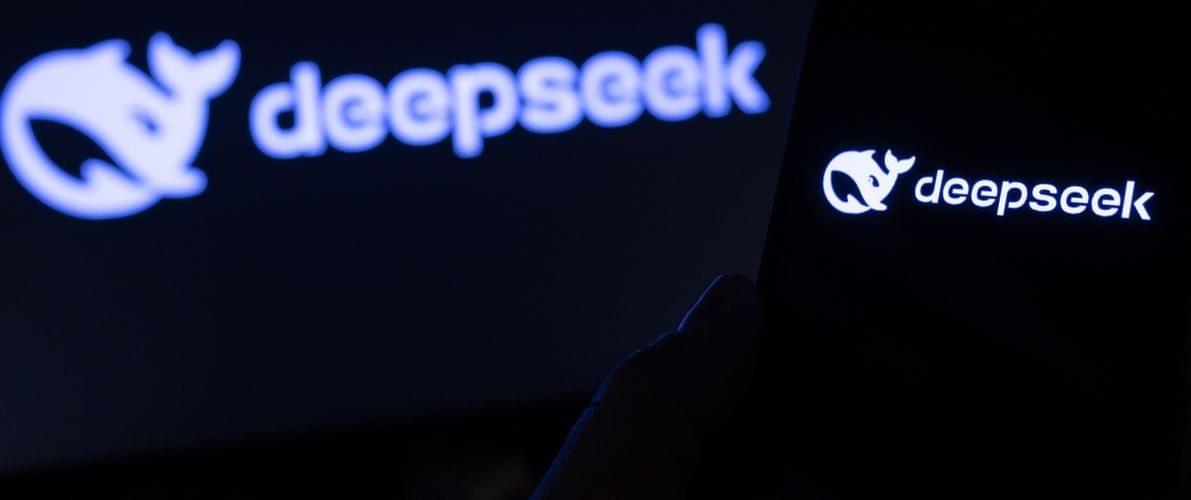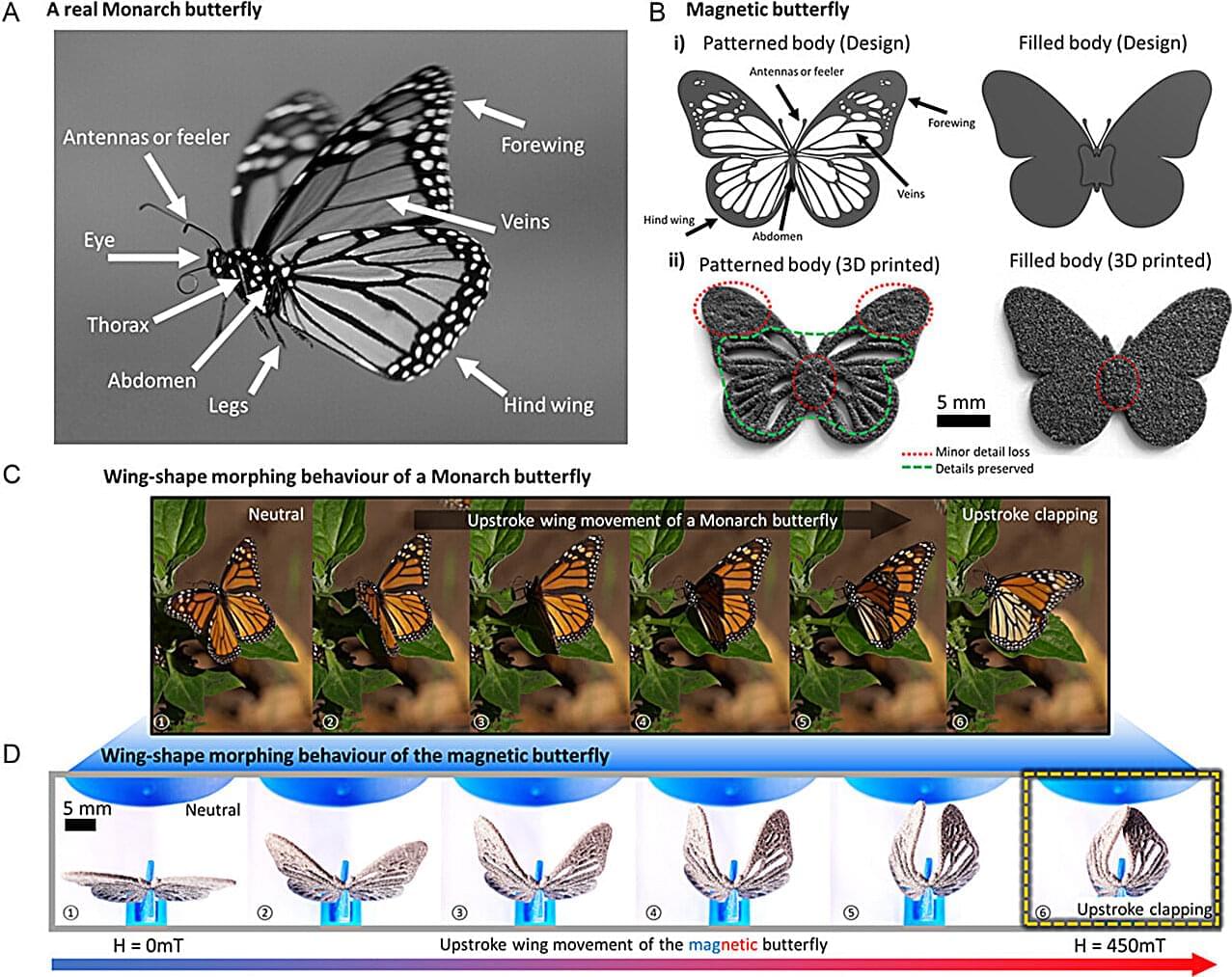AI’s endless adaptability forces us to rethink creativity and partner with tech in the age of digital alchemy.



Frequency combs are revolutionizing optics, from telecommunications to astrophysics, but their complexity has been a roadblock.
Recent advancements in lithium tantalate technology have changed the game, creating a compact, user-friendly comb generator with incredible efficiency and bandwidth. This breakthrough could reshape fields like robotics and environmental monitoring, offering exciting new possibilities.
Frequency Combs in Modern Optics.

Open source and cheap DeepSeek means generative AI can push the exponential progress even faster. It runs on laptops!
“…digest the significance of DeepSeek’s AI reasoning model R1 published fully open-source last week…”
Yet R1 suggests that the thesis may be wrong.
Within no time, DeepSeek’s free-to-download app has https://www.reuters.com/technology/artificial-intelligence/c…1-27/” rel=“noopener” class=””>rocketed to the top of the App Store charts.
Its success follows the new Trump administration’s unveiling last week of its ambitious $500 billion https://fortune.com/2025/01/22/trump-openai-stargate-project…nk_clicks” rel=“noopener” class=””>Stargate AI program, which was designed to enshrine American dominance in technology for years to come.
A leading neuroscientist claims that a pong-playing clump of about a million neurons is “sentient”. What does that mean? Why did Cortical Labs teach a lab-grown brain to play pong? To study biological self-organization at the root of life, intelligence, and consciousness. And, according to their website, “to see what happens.” What’s next for biocomputing?
CORRECTIONS/Clarifications:
- The cells aren’t directly frozen in liquid nitrogen — they are put in vials and stored in liquid nitrogen (and you can’t buy them legally without credentials) https://www.atcc.org/products/pcs-201-010
- The sentience of some invertebrates, like octopuses, is generally agreed upon. Prominent scientists affirmed non-human consciousness in the Cambridge Declaration on Consciousness: https://philiplow.foundation/consciousness/
- The “Neanderthal neurons” are human cells that are “Neanderthalized” using genetic engineering: https://www.youtube.com/watch?v=5FBxnkzI9HU
DISCLAIMER: The explanations in this video are those proposed by the researchers, or my opinion. We are far from understanding how brains, or even neurons, work. The free energy principle is one of many potential explanations.
Support the channel: https://www.patreon.com/IhmCurious.
Footage from Cortical Labs: https://www.youtube.com/watch?v=neV3aZtTgVM
NASJAQ’s interview with founder Hon Weng Chong: https://www.youtube.com/watch?v=Y1R5k5QWPsY
Cortical Labs website: https://corticallabs.com.
Full paper on DishBrain: https://www.cell.com/neuron/fulltext/S0896-6273(22)00806-6

Once the detection mechanism is refined, the next milestone would be to interface that optical signal with a small experimental crystal. The choice of crystal is not arbitrary. Labs might experiment with rare-earth-ion-doped crystals like praseodymium-doped yttrium silicate, known for their capacity to store quantum information for microseconds to milliseconds, or possibly even seconds, under specialized conditions. At an early stage, the device would not store large swaths of complex data but might capture discrete bursts of neural activity corresponding to short-term memory formation. By demonstrating that these bursts can be reliably “written” into the crystal and subsequently “read” out at a later time, researchers would confirm the fundamental principle behind Hippocampus Sync-Banks: that ephemeral neural codes can be transcribed into a stable external medium.
Of course, storing a fleeting pattern is just one half of the puzzle. To realize the Sync-Bank concept fully, the same pattern must be reintroduced into the brain in a way that the hippocampus recognizes. Here, scientists would leverage neural stimulation techniques. In theory, the crystal would “release” the stored patterns in the form of carefully modulated optical or electrical signals. Specialized interfaces near or within the hippocampus—perhaps using microLED arrays or sophisticated electrode grids—would then convert those signals back into the language of the neurons. If the signals are replayed with the correct timing and intensity, the hippocampus might treat them as though they are its own native memory patterns, thereby reactivating the memory. Experimental validation could involve training an animal to associate a particular stimulus with a reward, capturing the neural trace, and then seeing if artificially stimulating that trace at a later time recalls the memory even in the absence of the original stimulus.
Such experiments would inevitably confront thorny technical issues. Neurons and synapses adapt or “rewire” themselves as learning progresses, and the hippocampus is far from static. Overlapping memory traces often share neurons, meaning that reintroducing one memory trace might partially interfere with or activate another. To address this, scientists would need real-time feedback loops that track how the hippocampus responds to artificial signals. Machine learning algorithms might adjust the reintroduced signal to better fit the updated neural state, ensuring that the stored pattern does not clash with changes in the memory landscape. In other words, a second or third generation of prototypes could incorporate adaptive feedback, not just a one-way feed of recorded data. This type of refinement would be crucial to the user’s experience, because we do not simply recall memories as static snapshots; each time we remember something, our brains incorporate subtle new contexts and associations.



Capcom is experimenting with generative AI to create the “hundreds of thousands” of ideas needed for in-game environments.
As video game development costs rise, publishers are increasingly looking to controversial AI tools to speed up work and cut costs. Call of Duty reportedly sold an “AI-generated cosmetic” for Call of Duty: Modern Warfare 3 in late 2023, and fans accused Activision of using generative AI again for a loading screen last year. EA said in September that AI was “the very core” of its business.
In a new interview with Google Cloud Japan, Kazuki Abe, a technical director at Capcom who has worked on huge titles like Monster Hunter: World and Exoprimal, explained how the company is experimenting with implementing AI in its game development processes.


Researchers at the Technical University of Darmstadt and the Helmholtz Center Dresden-Rossendorf have developed flexible robot wings that are moved by magnetic fields. Inspired by the efficiency and adaptability of the wings of the monarch butterfly, they enable precise movements without electronics or batteries.
This bio-inspired development could fundamentally change environmental monitoring, rescue operations and biomedical applications.
Monarch butterflies are known for their outstanding endurance and adaptability. Every year, they cover thousands of kilometers on their migrations between Canada and Mexico. The key to this feat lies in their unique wings, which allow the insects to fly energy-efficiently through a combination of active movement and passive bending.